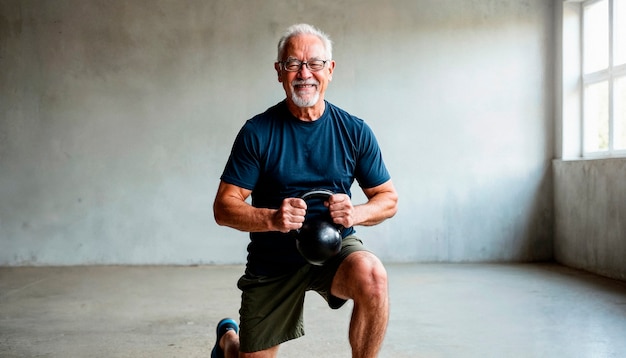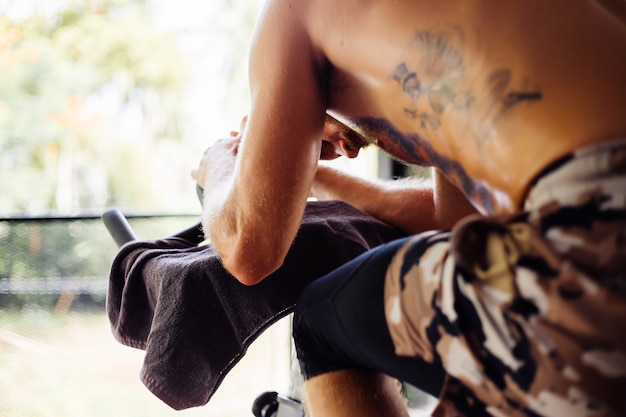If you're a weekend warrior—someone who squeezes intense workouts into limited free time—you might be pushing hard on Saturdays and Sundays but plateauing in fitness gains. One of the most powerful metrics to track and improve? Your VO₂ max: the maximum amount of oxygen your body can use during intense exercise. A higher VO₂ max means better endurance, improved heart health, and greater overall fitness.
The good news: you can significantly improve your VO₂ max in just 30 days with a science-backed, structured plan—even with a busy schedule. This expert-led guide delivers actionable steps, built-in progress checks, and a strong focus on sleep and recovery to maximize results.
VO₂ max is measured in milliliters of oxygen per kilogram of body weight per minute (mL/kg/min). It reflects how efficiently your cardiovascular system delivers oxygen to your muscles and how well your muscles use it. Higher VO₂ max levels are linked to reduced risk of cardiovascular disease, improved energy, and better athletic performance.
While genetics play a role, research shows that training can improve VO₂ max by 15–25% in previously sedentary individuals—even in just a few weeks. The key? Consistency, intensity, and recovery.

This plan is designed for adults with 3–4 hours of weekly training time. It balances high-intensity interval training (HIIT), moderate aerobic work, strength conditioning, and recovery—especially sleep.

1. Train at or Near VO₂ Max Intensity: Work at 85–95% of your maximum heart rate for short bursts (2–5 minutes). This stimulates cardiovascular adaptation.
2. Use Interval Training: Repeated high-intensity efforts with active recovery improve oxygen utilization more effectively than steady-state cardio alone.
3. Include Full-Body Strength: Stronger muscles use oxygen more efficiently. Compound movements like squats and push-ups enhance overall work capacity.
No VO₂ max plan works without recovery. Sleep is when your body repairs tissues, balances hormones, and consolidates fitness gains.
During deep sleep, growth hormone release supports muscle recovery and mitochondrial biogenesis—key for oxygen utilization. Poor sleep reduces aerobic performance, increases perceived effort, and slows adaptation.

Measuring progress keeps you motivated. Use these methods:
Improving your VO₂ max in 30 days is achievable—even for weekend warriors. The secret lies in smart training, consistency, and prioritizing recovery. By integrating high-intensity intervals, strength work, and sleep optimization, you’ll not only boost endurance but also enhance long-term health.
Start today. Track your baseline. Commit to the process. Your fitter, more resilient self is just one month away.

Fitness

Fitness

Fitness

Fitness

Health

Health

Fitness

Fitness

Fitness

Fitness

Fitness

Wellness

Health

Fitness

Health

Health